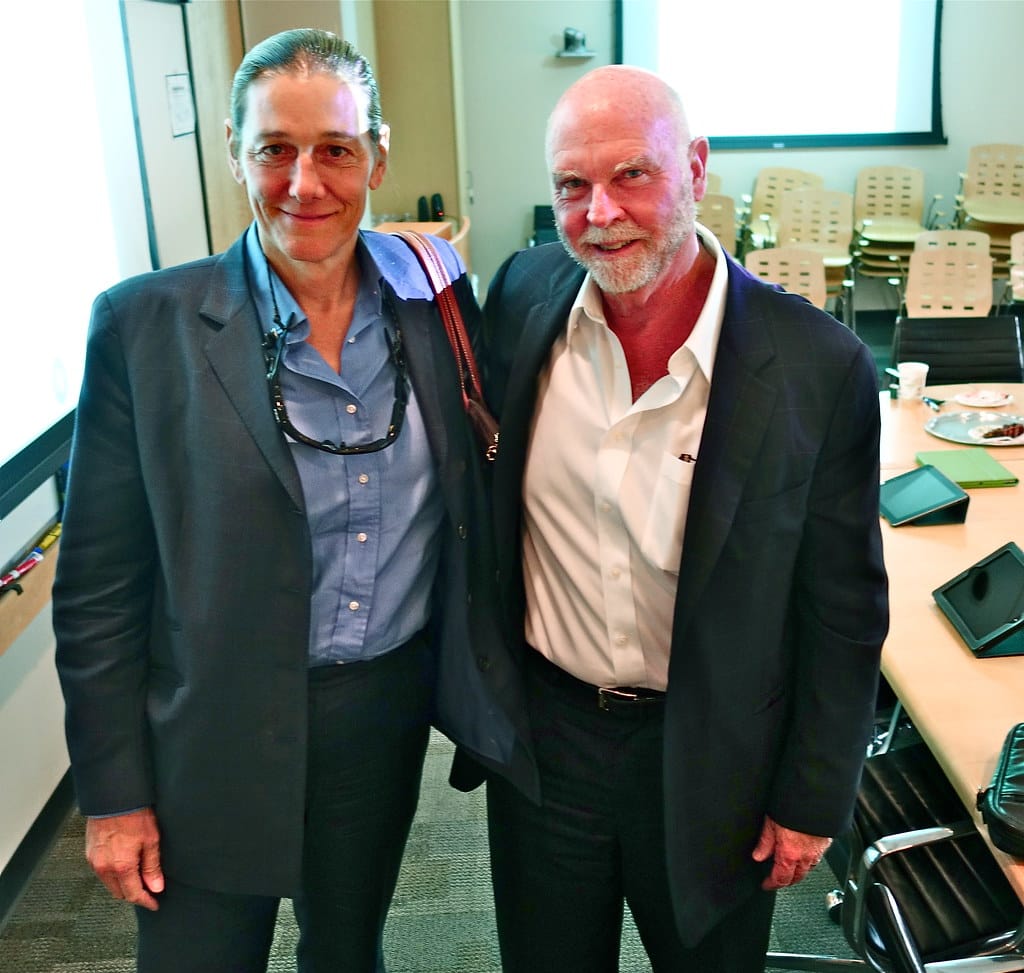Revolutionary Robotic Heart Transplant Performed Without Opening Patient's Chest
A groundbreaking medical achievement has redefined the boundaries of cardiac surgery as American doctors successfully completed the nation's first robotic heart transplant without making a traditional chest incision. This minimally invasive procedure represents a quantum leap forward in transplant surgery, promising faster recovery times and reduced complications for patients facing life-threatening heart conditions.
The Breakthrough Procedure
The historic surgery was performed using advanced robotic technology that allowed surgeons to access the heart through small ports rather than the traditional sternotomy approach, which requires cutting through the breastbone and spreading the ribs apart. This revolutionary technique, known as minimally invasive robotic cardiac surgery, utilizes precision robotics to navigate the complex anatomy of the chest cavity with unprecedented accuracy.
The procedure involved removing the patient's diseased heart and implanting a donor heart through carefully positioned small incisions, guided entirely by robotic arms controlled by the surgical team. High-definition 3D cameras provided surgeons with enhanced visualization of the operative field, while the robotic system's tremor filtration and motion scaling capabilities enabled movements more precise than humanly possible.
Transforming Patient Recovery
Traditional heart transplant surgery typically requires patients to endure a recovery period of several months, with significant pain and mobility restrictions due to the large chest incision and bone healing requirements. The robotic approach promises to dramatically reduce these challenges.
Patients who undergo minimally invasive robotic procedures typically experience:
- 50-70% reduction in post-operative pain
- Hospital stays shortened by 3-5 days
- Return to normal activities 4-6 weeks earlier
- Significantly reduced risk of infection
- Minimal visible scarring
The absence of a large chest incision also eliminates the risk of sternal complications, which affect approximately 2-5% of traditional cardiac surgery patients and can lead to serious infections or healing problems.
Technical Innovation Behind the Success
The robotic system employed in this procedure represents years of technological advancement in surgical robotics. The platform features articulated instruments that can rotate 360 degrees and bend in ways that exceed human wrist capabilities, allowing surgeons to work in tight spaces with enhanced dexterity.
The surgery required meticulous pre-operative planning using advanced imaging techniques to map the patient's unique anatomy. Surgeons spent extensive time in simulation training to master the complex coordination required between the robotic controls and the delicate nature of heart transplantation.
Addressing the Organ Shortage Crisis
This advancement comes at a critical time when approximately 3,500 Americans are waiting for heart transplants, with only about 3,800 procedures performed annually nationwide. The improved recovery profile of robotic transplantation could potentially expand the donor pool by making the procedure viable for patients who might otherwise be considered too high-risk for traditional surgery.
Additionally, the reduced physical trauma associated with the minimally invasive approach may make heart transplantation accessible to older patients or those with multiple health conditions who previously couldn't tolerate the extensive recovery required by conventional surgery.
Future Implications for Cardiac Care
This successful procedure opens the door for broader adoption of robotic techniques in complex cardiac surgeries. Medical centers across the country are already investing in robotic surgical platforms, with the global surgical robotics market projected to reach $24 billion by 2025.
The success also paves the way for potential applications in other organ transplant procedures, including lung and liver transplants, where minimally invasive approaches could similarly transform patient outcomes.
Looking Ahead
While this first successful robotic heart transplant represents a monumental achievement, researchers emphasize that widespread adoption will require extensive surgeon training, standardized protocols, and continued refinement of the technology. The procedure's cost-effectiveness compared to traditional methods will also need evaluation as insurance coverage policies adapt to this new standard of care.
The medical team behind this breakthrough procedure plans to publish detailed results and techniques to enable other cardiac centers to develop similar programs. Training centers are already being established to prepare the next generation of cardiac surgeons in robotic transplantation techniques.
This historic achievement marks the beginning of a new era in cardiac surgery, where the combination of human expertise and robotic precision promises to deliver better outcomes for patients facing the most challenging heart conditions. As this technology continues to evolve, it holds the potential to make life-saving heart transplants more accessible, safer, and less traumatic for thousands of patients annually.
